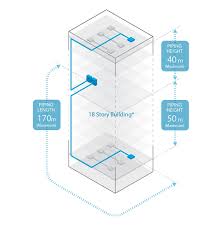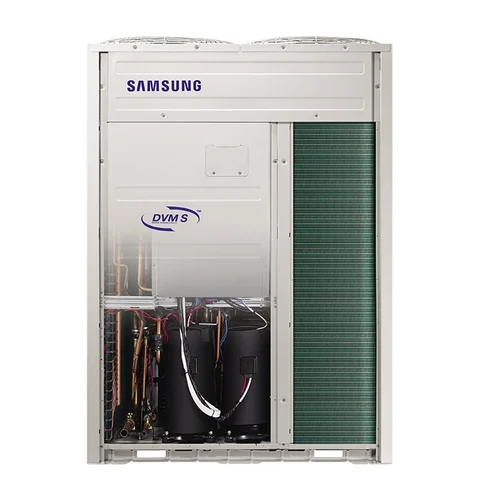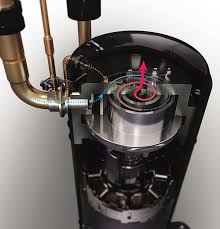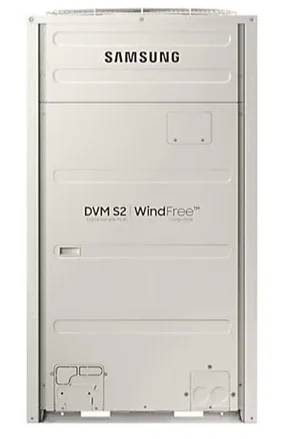Samusung Mini VRF System

Gigantic Capacity
One system that does the work of two or more As well as being the largest and most compact DVM system, the Samsung DVM S is also powerful and highly energy efficient. So you can save costs and space, while providing more reliable coverage across larger areas.
More flexible installation in more places
High Elevation with Long Piping Enjoy more choice when selecting the optimum installation location. The DVM S outdoor unit’s long piping length provides the flexibility for the outdoor unit to be installed almost anywhere, regardless of its height or distance from the building. It has a maximum piping length of up to 220 meters (721 feet) between the outdoor and indoor units. It can also work efficiently and reliably at an elevation of up to 110 meters (360 feet)*, which is the equivalent of 22
stories**.


Efficiency
Saves energy, as well as space and costs The Samsung DVM S includes a range of smart technologies that combine to deliver world-class energy efficiency and economy, achieving a much better Energy Efficiency Rating (EERa).
Heating Performance
Reliably & intelligently keeps heating Enhanced Flash Injection delivers reliable heating at lower temperatures, while Rotational Defrost operation and Intelligent Defrost technology ensure continuous heating with less defrosting.


Efficiency
Saves energy, as well as space and costs The Samsung DVM S includes a range of smart technologies that combine to deliver world-class energy efficiency and economy, achieving a much better Energy Efficiency Rating (EERa).
Designing the indoor unit of a Variable Refrigerant Flow (VRF) system involves several key steps to ensure optimal performance, efficiency, and comfort. Here’s a general guide on how to approach this:

Perform a detailed load calculation for each zone or room using software like Manual J or equivalent. This helps determine the heating and cooling requirements based on factors such as room size, insulation, occupancy, lighting, and equipment.
Choose the appropriate indoor units based on the load calculation. VRF systems offer a variety of indoor unit types, including wall-mounted, ceiling cassette, ducted, and floor-standing units. Select units that match the aesthetic and functional requirements of the space.
Ensure the unit capacity matches the calculated load for each zone.
- Determine the best placement for each indoor unit to ensure even air distribution and avoid obstructions. Consider factors like room layout, furniture placement, and potential airflow restrictions.
- For ducted units, plan the duct layout to minimize losses and ensure even distribution. –
- Design the refrigerant piping network, considering the maximum allowable lengths and height differences specified by the VRF manufacturer.
- Ensure proper pipe insulation to prevent energy losses and condensation issues.
- Plan the electrical connections, including power supply and control wiring. Ensure compatibility with local electrical codes and VRF system requirements.
- Integrate control systems, such as individual zone controllers, centralized controllers, or building management systems (BMS), to provide user-friendly operation and efficient management. –
Ensure proper ventilation is maintained by incorporating fresh air intake systems where necessary.
Consider air filtration and purification options to enhance indoor air quality.
- Design a condensate drainage system for each indoor unit. Ensure proper slope and routing to avoid water accumulation and leaks.
Follow the manufacturer’s installation guidelines meticulously to ensure proper operation and warranty compliance.
Conduct thorough commissioning to verify system performance, including checking refrigerant charge, airflow, and temperature settings.
Design for ease of maintenance by providing adequate access to units, filters, and other serviceable components.
By following these steps, you can effectively design the indoor unit layout for a VRF system that meets the specific
needs of the space while ensuring efficiency and comfort. Consulting with HVAC professionals and using specialized design software can further enhance the accuracy and effectiveness of your design.
